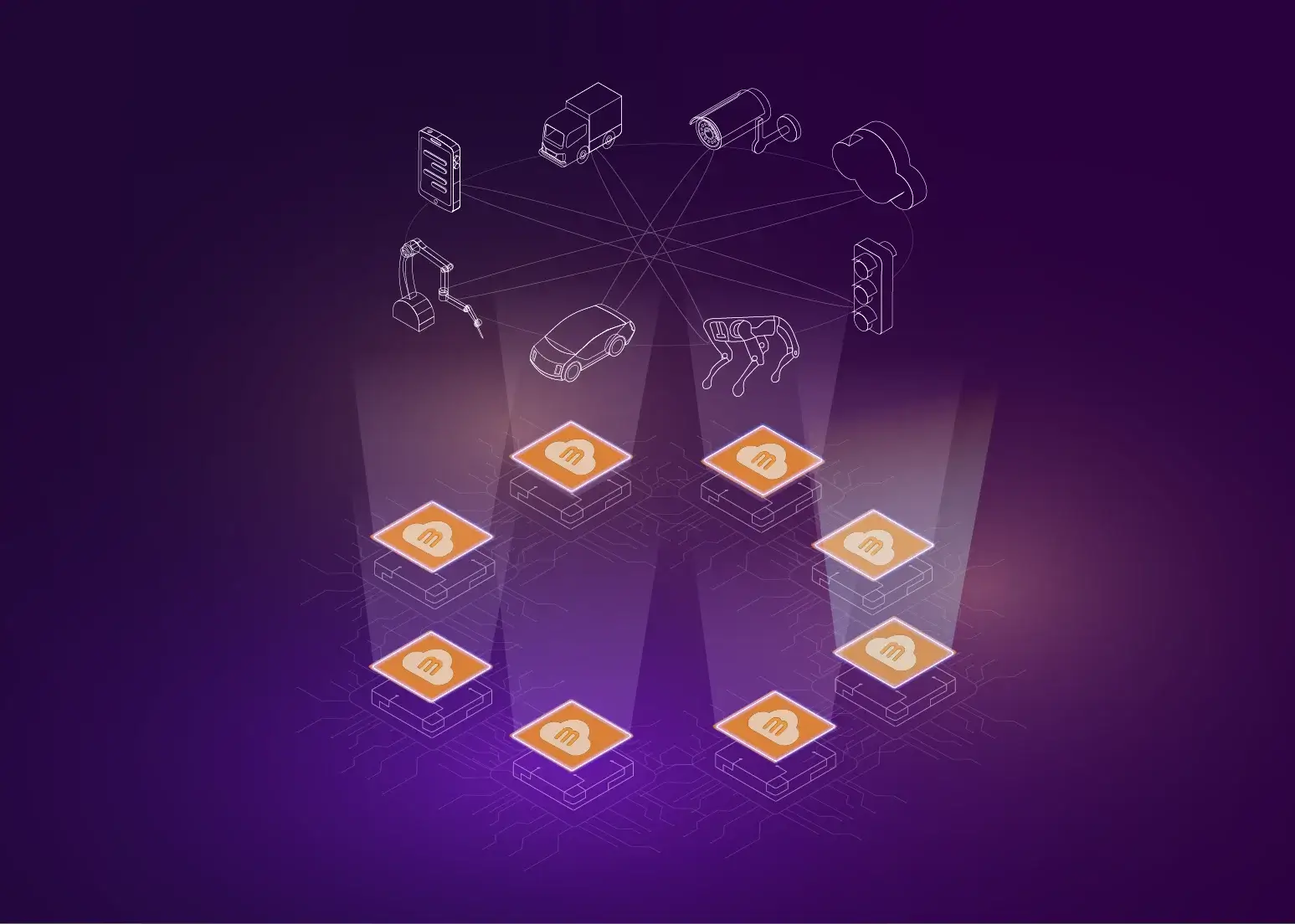HEC
Hybrid Edge Cloud
Hybrid Edge Cloud, blending smart devices processing of data at origin, in a decentralized cloud architecture
Download edgeEngine
What is Hybrid Edge Cloud (HEC)?
As we transition from the “mobile internet” to the “cognitive internet” era, the architecture of cloud computing needs to be reimagined. With intelligence embedded in all devices and gadgets, it is crucial to enable optimal autonomy and reduce reliance on intermediaries. While on-device data processing at the edge is recognized as significant, it is not sufficient, and the industry must go beyond enabling local computing capabilities.
Our envisioned paradigm shift aims to enable smart devices to act as cloud servers hosting services and interacting with other services in their surroundings and on any cloud platforms. To achieve this vision, mimik is empowering smart devices to host microservices and APIs. This enables optimal autonomy, system efficiency, privacy, security, and interoperability, and facilitates seamless service mesh (device-to-device and device-to-cloud interactions).
Our envisioned paradigm shift aims to enable smart devices to act as cloud servers hosting services and interacting with other services in their surroundings and on any cloud platforms. To achieve this vision, mimik is empowering smart devices to host microservices and APIs. This enables optimal autonomy, system efficiency, privacy, security, and interoperability, and facilitates seamless service mesh (device-to-device and device-to-cloud interactions).

Why mimik HEC?
HEC is an architectural approach where any smart device can:
- Act as both a client and/or a cloud server.
- Discover & expose its resources to other devices and platforms.
- Collaborate with other devices, including servers in data centers and the edge.
- Host microservices and form a microservice mesh

serverless microservices
develop your own edge microservices or deploy with a rich library of existing edge microservices
- deploy edge microservices on smart devices and manage them remotely
- add an API Gateway to smart devices or apps
- autonomously discover and connect to microservices on other smart devices regardless of OS or network
- use a rich library of existing edge microservices to speed up your launch
- reduce development time, cloud hosting costs, bandwidth and latency
- increase reliability, scalability, privacy and security

mimik lightweight container
expose computing capabilities of smart devices through a lightweight container
- runtime environment for edge microservices
- easy integration into existing apps through RESTful APIs
- load, start, and stop microservices on smart devices
- container environment available for Android, iOS and Raspian as well as desktop operating systems.
- program in JavaScript
- APIs compatible with Docker

dynamic clustering
take advantage of clustering functions in IoT and related industries
- global discovery of other smart devices
- peer-to-peer networking without the hassle of network drivers or protocol programming
- secure communications between microservices locally or globally
- connect with other smart devices in local clusters or across different clusters independent of network topology
